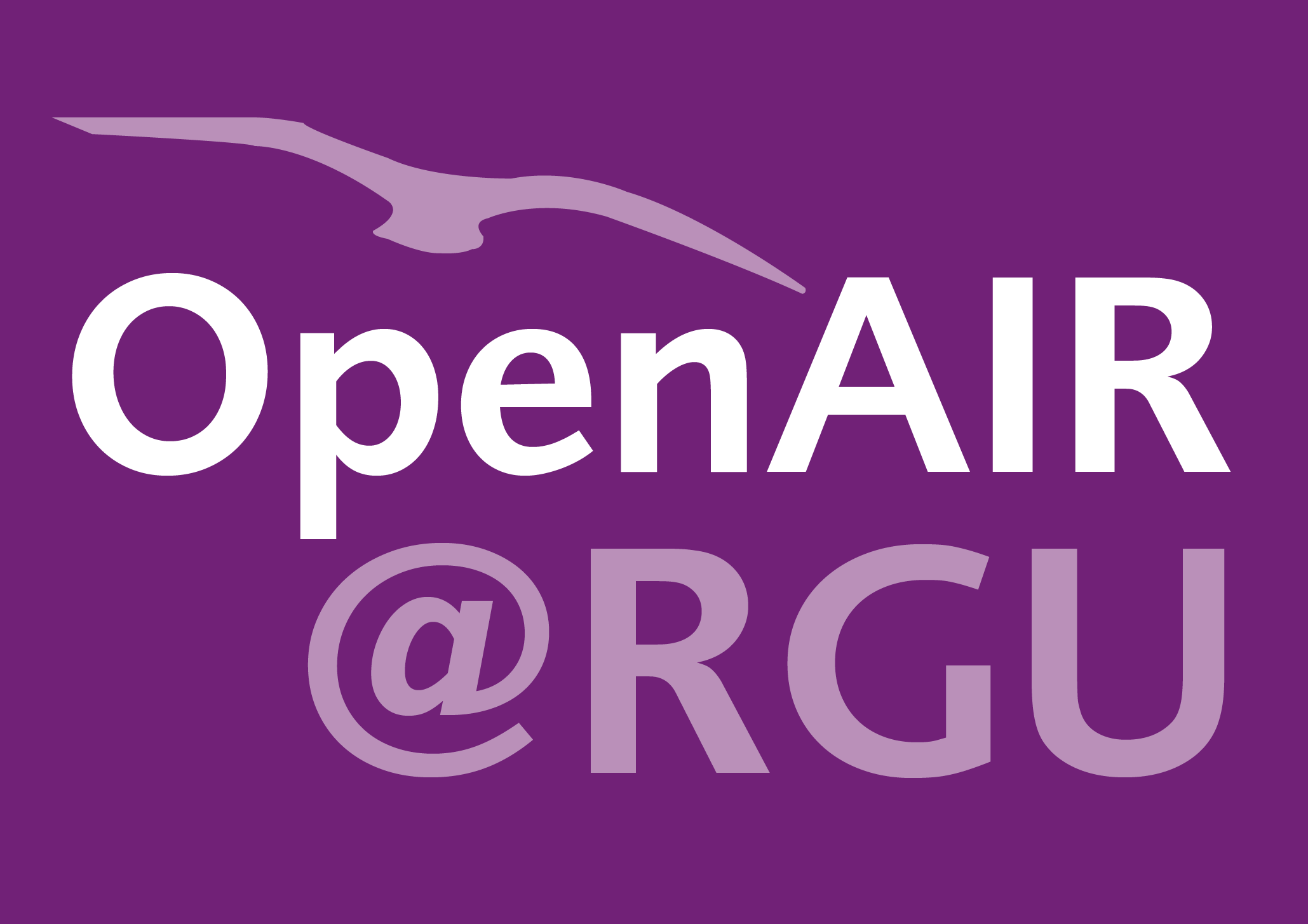Bharath Srinivasan
Quantitation and error measurements in dose-response curves.
Srinivasan, Bharath; Lloyd, Matthew D.
Authors
Matthew D. Lloyd
Abstract
In contemporary early drug discovery, reliance on parameter measurements from dose–response studies constitute the backbone of structure–activity relationship (SAR)-based optimization of small-molecules. Our previous editorial dealt with basic know-how on the several layers of information that are embedded within dose–response studies, as a way of guiding medicinal chemists in designing their modifications to achieve better efficacy. However, oftentimes this exercise is undertaken with minimal or no appreciation of the underlying quantitative framework that is used for parameter extraction. Investigators, perusing the potency of hundreds of small molecules, treat the estimate as the gold standard for optimization, forgetting that error lurks at every step of this exercise. The approach (binding, inhibition, activation, or pathway modulation), the technology, and the instrument all have a measurement error which is associated with the outcome of an assay. Further compounding the error, the model used to approximate the experimental data introduces uncertainties into the estimate. A naïve approach, often succumbed to even by experienced investigators, involves increasing the number of parameters in the model, which results in overfitting (both quantitatively and visually) and physically unrealistic estimates. This editorial presents a quantitative framework for how IC50 values should be looked at, especially from the perspective of their utility to inform optimization in early drug discovery. We would like to emphasize here that the discussion is centered around the monophasic, nonlinear, unimodal, symmetrical curve with a single point of inflection that can be approximated with four-parameter log-logistic functions. This editorial will not dwell upon aspects of hierarchical modeling of dose as implemented in linear approximation followed by exploration of ordinal (deciles), fractional polynomials, and restricted quadratic splines, nor will it explore functions like log-logistic (2P, 3P, and 5P), Weibull (type 1 and 2), Brain–Cousens (modeling hormesis), Michaelis–Menten, and so forth.
Citation
SRINIVASAN, B. and LLOYD, M.D. 2025. Quantitation and error measurements in dose-response curves. Journal of medicinal chemistry [online], 68(3), pages 2052-2056. Available from: https://doi.org/10.1021/acs.jmedchem.5c00131
| Journal Article Type | Editorial |
|---|---|
| Acceptance Date | Jan 30, 2025 |
| Online Publication Date | Jan 30, 2025 |
| Publication Date | Jan 30, 2025 |
| Deposit Date | Feb 13, 2025 |
| Publicly Available Date | Jan 31, 2026 |
| Journal | Journal of medicinal chemistry |
| Print ISSN | 0022-2623 |
| Electronic ISSN | 1520-4804 |
| Publisher | American Chemical Society |
| Peer Reviewed | Peer Reviewed |
| Volume | 68 |
| Issue | 3 |
| Pages | 2052-2056 |
| DOI | https://doi.org/10.1021/acs.jmedchem.5c00131 |
| Keywords | Assays; Drug discovery; Inhibitors; Optimization; Peptides and proteins |
| Public URL | https://rgu-repository.worktribe.com/output/2702254 |
Files
This file is under embargo until Jan 31, 2026 due to copyright reasons.
Contact publications@rgu.ac.uk to request a copy for personal use.
Downloadable Citations
About OpenAIR@RGU
Administrator e-mail: publications@rgu.ac.uk
This application uses the following open-source libraries:
SheetJS Community Edition
Apache License Version 2.0 (http://www.apache.org/licenses/)
PDF.js
Apache License Version 2.0 (http://www.apache.org/licenses/)
Font Awesome
SIL OFL 1.1 (http://scripts.sil.org/OFL)
MIT License (http://opensource.org/licenses/mit-license.html)
CC BY 3.0 ( http://creativecommons.org/licenses/by/3.0/)
Powered by Worktribe © 2025
Advanced Search
